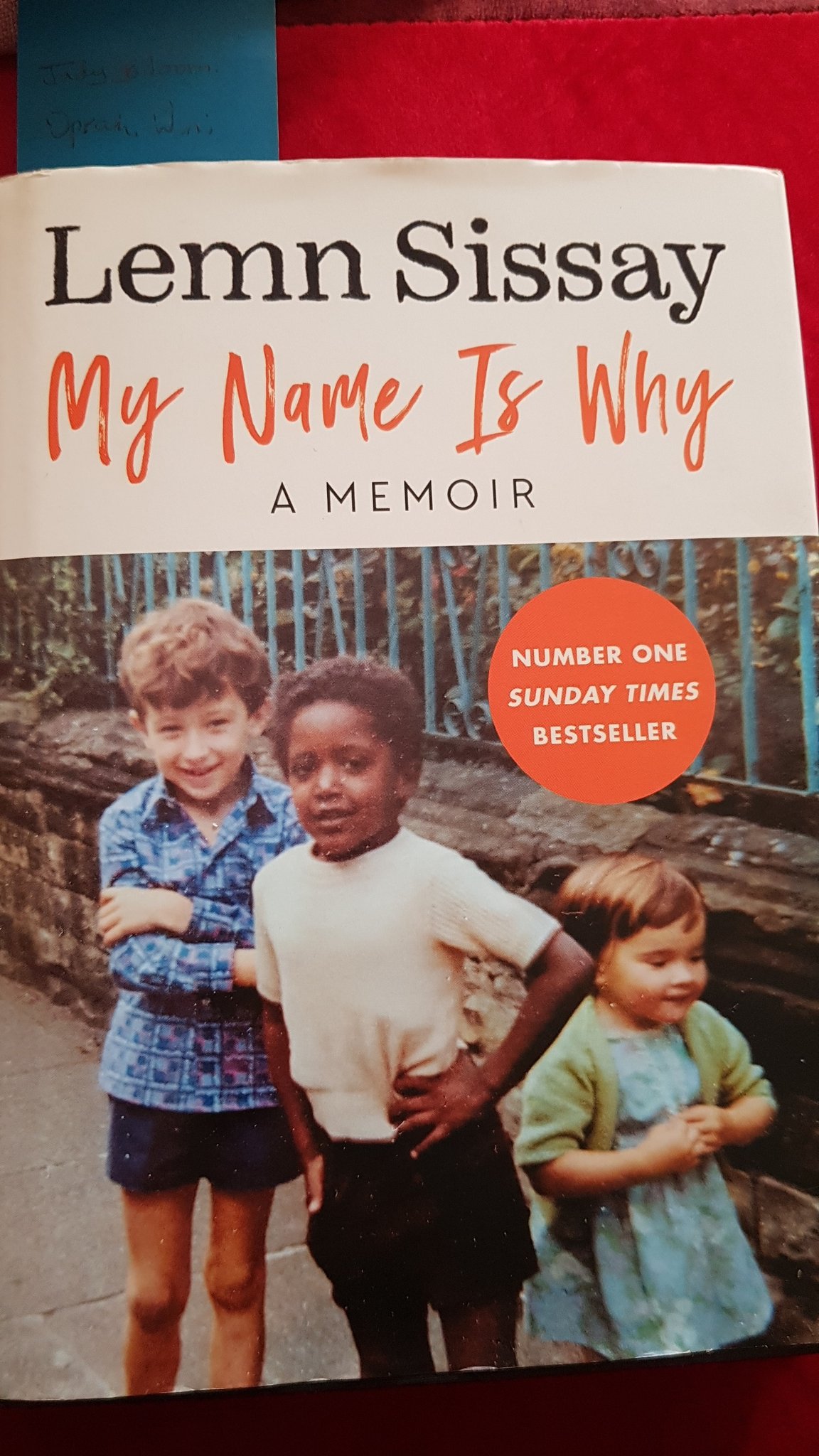
`In my writing there are no limits, no boundaries to the imagination. There is a freedom.’-Lemn Sissay
True to this quote, Lemn in My Name is Why exercises freedom and limitlessness as he recounts his early childhood in the care system. The memoir explores self-perception, racial segregation, abuse and trauma at the hands of the institutional system.
Lemn is born to a young Ethiopian woman, a student at the time at a college,South of England. She is sent to St.Margaret`s, a hospital North of England to deal with her pregnancy. (This hospital is where many single women who were pregnant were taken.) Upon giving birth, the Authority demands she gives up her baby but she wouldn`t.` These places were baby farms. The mothers were the earth and the children were the crops. The church and state were the farmers and the adopting parents were the consumers. My mother was supposed to give birth and sign the adoption papers. She didn`t. She wouldn`t.’
However, later she travels back to Ethiopia upon hearing that her father is unwell and is unable to travel with the baby. The Authority assumes responsibility for the baby and the long case of moving Norman Sissay as referred to in the Care reports from one home to another begins. Lemn`s mum three years later writes to the Authority to get her baby back but is not helped. Which proved that she loved and wanted her baby.
Lemn is signed to his long-term foster parents` Catherine and David Greenwood who he lived with until the age of 12 1/2. The parents later had children of their own. They were strict Christians who wanted Lemn to adhere to a strict rule of conduct. Mildly putting it, They were ill-equipped to raise a black child in the 1970s. They did not acknowledge other black heroes at the time like Martin Luther King Jr, Muhammad Ali, therefore Lemn did not even know that he was the same colour as these men! `In my parents` eyes, though, there were no black heroes. In their world, Africa was full of poor people waiting to be saved.’’
The Greenwoods at a later point gave Lemn back to the Authority. They led him to believe it was because he didn`t love them. Imagine that! In my opinion, they did not love him nor were they willing to love him through his teenagehood.`Mum told me they would never visit me because it was my choice to leave them because I didn`t love them.’’
Back in foster care, Lemn moves through three different foster care homes- Woodfields, Gregory Avenue, Oaklands, Wood End. Wood End was the worst of all. `Wood End was a violent and toxic place with a barely hidden general belief that these boys needed to be taught a lesson.’’
It is during the transition from one foster home to another that Lemn begins to exhibit signs of a mental breakdown. He was constantly anxious and self-conscious due to his skin colour. He lived in fear. He used dark alleys and never the main roads. He needed help which the system did not give him.
The Authority treated young Lemn as an adult yet he was a young boy born to the only country he had ever known. He wasn’t aware of the racial prejudices but they were forced on him. He got relief when he met other black kids who had been or were in foster care. He was acknowledged and reminded that he mattered. But the Authority had already done its damage on him.
Lemn took the Authority to court for all the pain and trauma they caused him. And he won the case. His personal records were given to him in 2015. Records detailing his life from birth to when he left foster care at 18.
My Name is Why is utterly devastating yet beautiful and uplifting. Lemn Sissay has succeeded against all odds. He is a renowned poet and broadcaster, Chancellor of the University of Manchester.
What memoir do you wish to read this year?
Thank you very much for sharing, I learned a lot from your article. Very cool. Thanks. nimabi